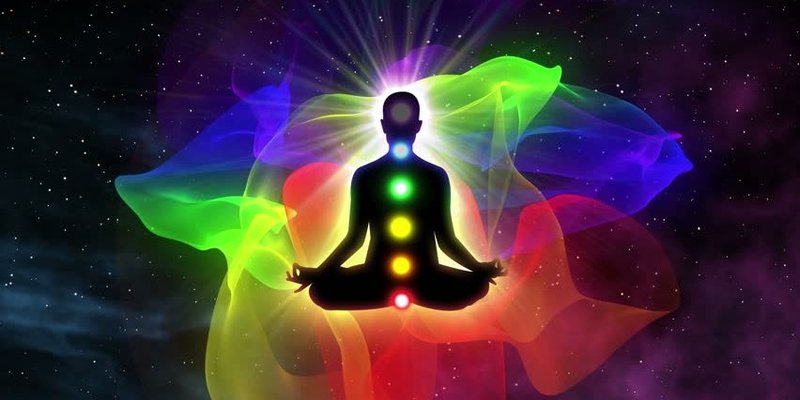One color, a thousand words
One color, a thousand words
Apart from what color suits us, we usually think of the messages that a color combination sends, as well as what each color indicates for our psychology.
In this article we will not talk about what colors are, but we will stand in the connection between color and psychology in the light of the body's energy centers, the so-called 'chakras' , in ancient Hindu philosophy.
We know that colors are radiations that, depending on their frequency, cause a series of irritations to the optic nervous system of all animal organisms. The colors that perceive the human nervous system are those of the rainbow.

Concerning the chakras
These are energy centers - in the Sanskrit 'wheel' - which are in our body. According to ancient Hindu philosophy, in total chakras are thousands, but the most important are seven located at key points in our body, and affect the functioning of our major organs. These are, of course, invisible centers placed along the spine and, in simple words, we could say that they are "gates" from which energy is absorbed by the universe, and the environment in general is emitted to it.
How are chakras associated with colors?
The colors of the rainbow are also the colors of the chakras. These are, by extension, our bright energy field. In this field there is a record of all our personal memories associated with colors and feelings.
So let us look, in the light of this theory, what colors are associated with.
Red is the base chakra. It is related to the feeling of survival and is physically located at the base of the spine.
The orange is located in the underbelly. It is associated with reproduction, sensuality, sexuality.
The yellow chakra is at the height of the head, and has to do with dynamism, independence, self-confidence.
The green chakra finds it in the center of the chest, and it is what is associated with love, relationships, and offer.
The next chakra is at the base of the throat, the carotid and is the shiny blue. It is related to communication, expressiveness and creativity.
The dark blue chakra is associated with intuition, imagination and clairvoyance located between our two eyes, high on our forehead; where the so-called 'third eye' is located.

Finally, at the top of our head, according to this theory, is the last violet color chakra. It is associated with self-realization, perception and enlightenment.
In ancient Hindu theory, when an imbalance occurs in an individual's energy flow - as a result of his mental or emotional perception of daily events – imbalances the body as well.
The illness thus appears as a consequence of internal conflicts. Depending on the magnitude of the conflict and the attitude of the man towards it, he manifests in his behavior tendencies of exaggeration or lack in his system that have a corresponding impact on his health.
The color here comes to interpret the areas of human behavior and to distinguish the mental pattern of the disease by identifying the natural areas of the disease through the color zones of the energy anatomy.
Examples that clarify the above reasoning
When the individual is interpreted by the psychological aspect of red, the hyperbole will exhibit intense stress, hyperactivity, anger. In the body, exacerbation, insomnia or hypertension is observed.
Yellow features a person with internal strength. When the yellow is in its exaggeration, then this person carries strong criticism, self-centeredness and perfection.
Sources of information:
enallaktikidrasi.com
www.healthview.gr
Aggeliki Koskeridou
Holistic Doctor – Counseling Psychotherapist
Doctor of Naturopathic Medicine
MSc c. Health Psychology





